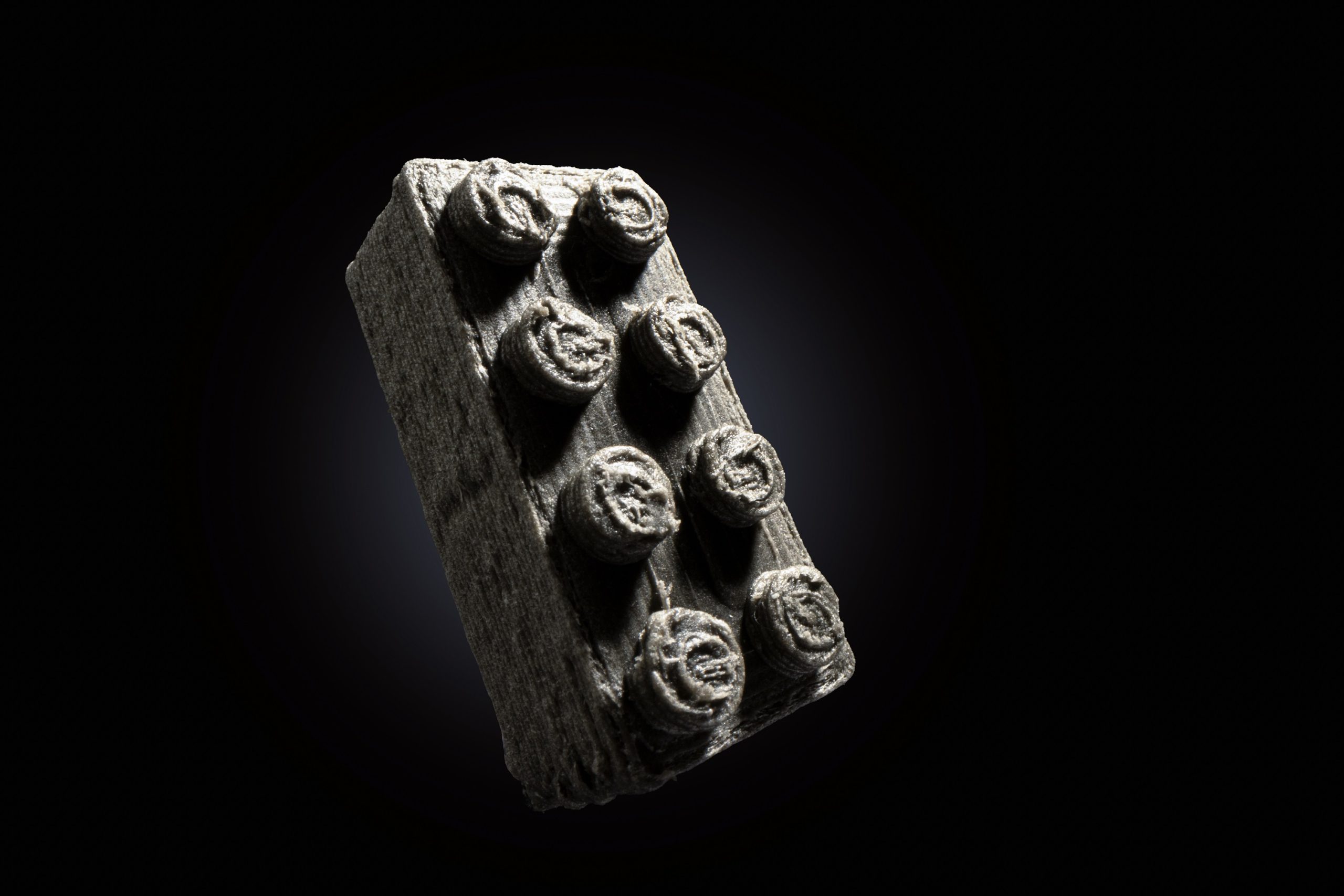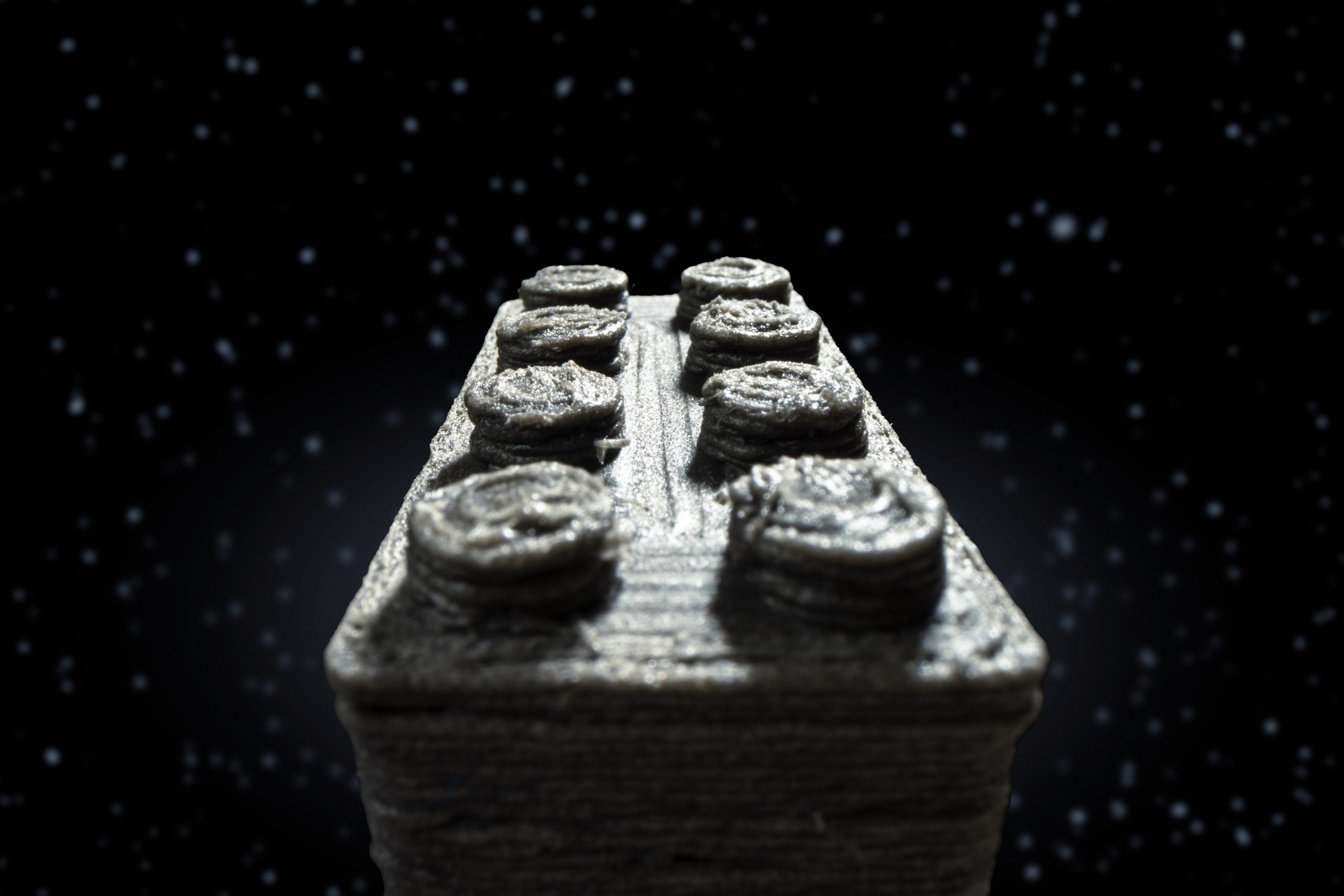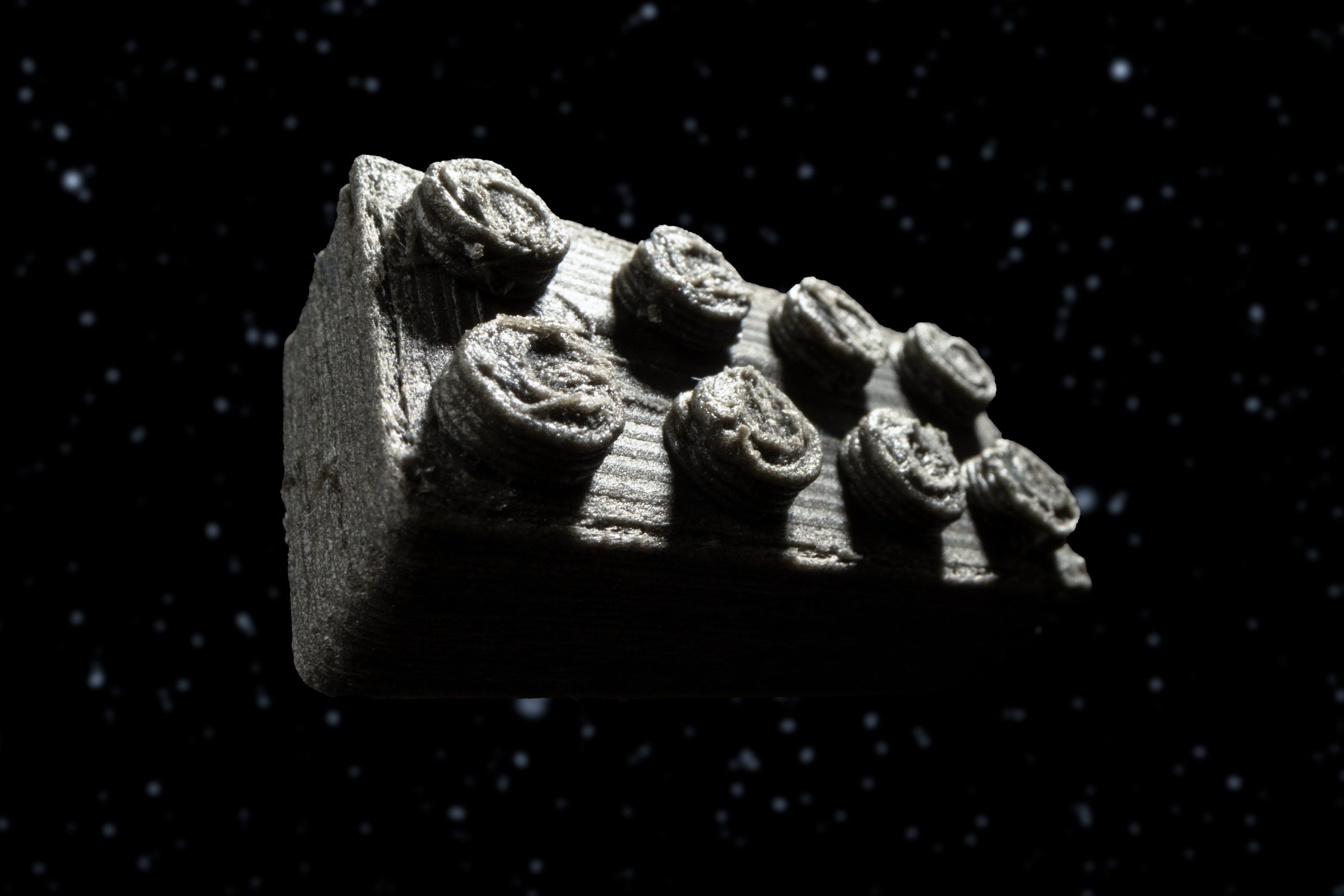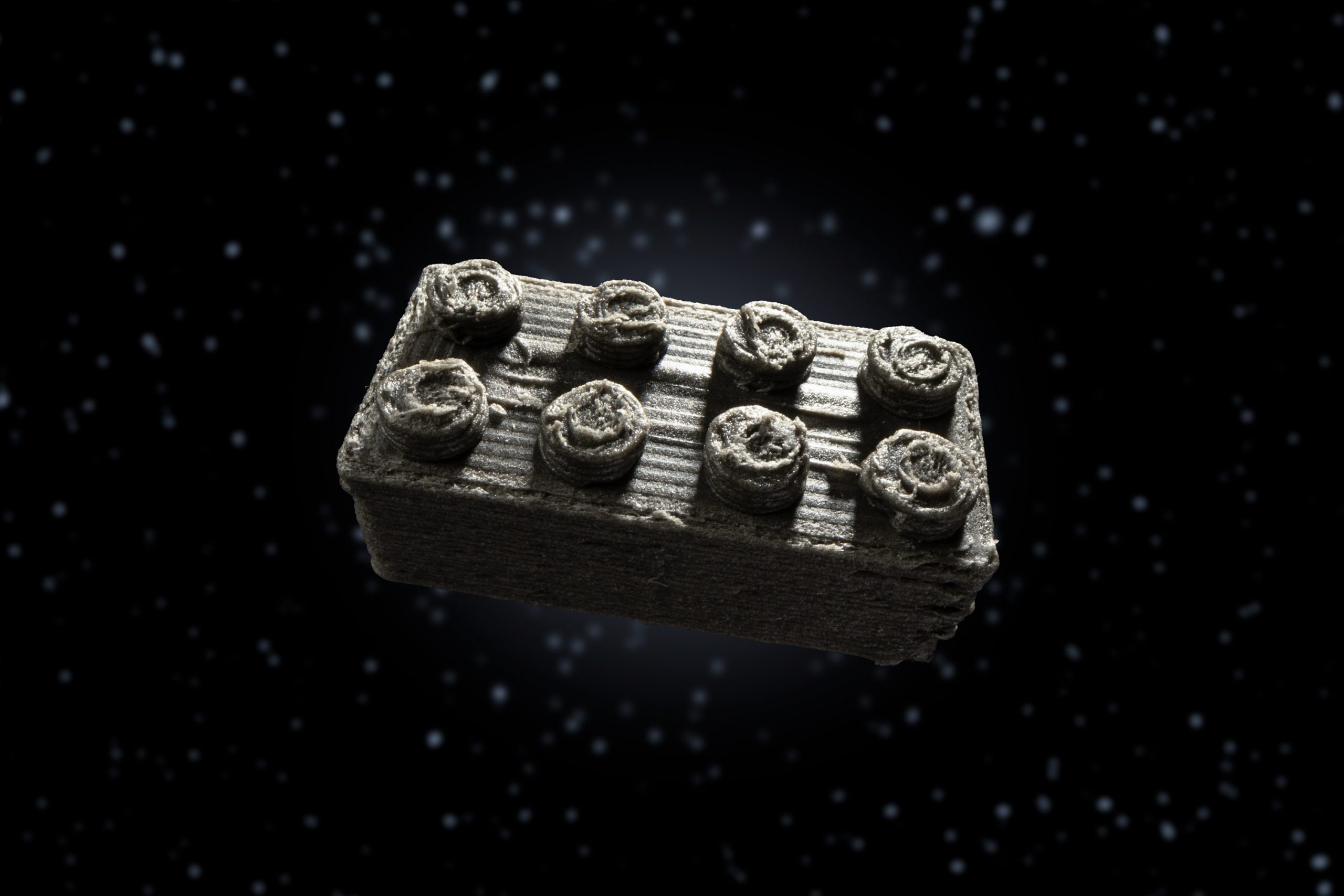When the European Space Agency (ESA) designed rocket launch sites and lunar shelters for the Artemis program that reclaimed the moon, it modeled its ideas using, among other things, Lego building blocks. As part of this, they also thought about how and how efficiently they could build from materials and rocks found on site – and it would still be cheaper if everything did not have to be transported from Earth to the Moon.
To model this, they took a 4.5 billion-year-old meteorite, crushed it into powder, then 3D printed it into building block-like shapes. The resulting space cubes are made of a material similar to the regolith found in the vast majority on the moon's surface, so they can effectively experiment with it.

Show 5 photos
Not much information has been revealed about what they have come up with, but it is clear that the same communication solution works with the meteorite cubes as with the plastic version. This can be considered an important structural discovery for the building.

By the way, the bricks have already done their job, which is why LEGO asked them to show interested young people and adults how play can be linked to science. The items can be found in nine countries, in Europe, the United Kingdom, Germany, Denmark, Spain, France and the Netherlands.










